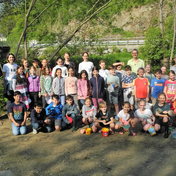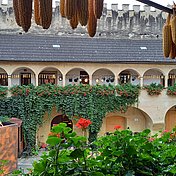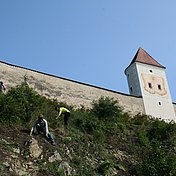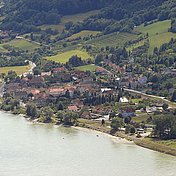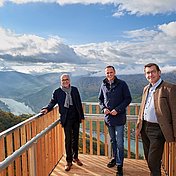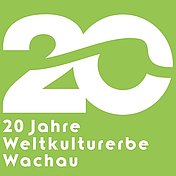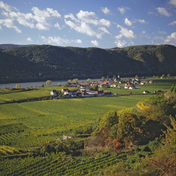Seit 2002 befasst sich die Wachau intensiv mit der Weiterentwicklung der Region und der Kulturlandschaft durch entsprechende Projektvorhaben. Dabei bedient sie sich einer Reihe von europäischen und nationalen Förderprogrammen. Eine Liste abgeschlossener Projekte aus der Förderperiode 2002-2006 finden sie hier:
Projekte LEADER+ 2002-2006
We use cookies to give you the best possible experience on our website. If you do not agree with the use of cookies, please adjust your browser settings. View details OK

Overview of topics
-
Nature & Landscape Conservation
Maintenance, Regulation and Further Development. -
Building Culture
Site, Building Culture and Sustainable Settlements. -

Agriculture & Forestry
Managing and Caring for the Cultural Landscape. -
Tourism
Offer Development and Positioning -
Art & Culture
Crafts, Science and Research. -
Social Affairs, Education & Identity
Equality, Youth and Integration. -
Mobility & Energy
Climate Change, Public Transport and Renewable Energy. -
Economy
Increase in Regional Value Added.
